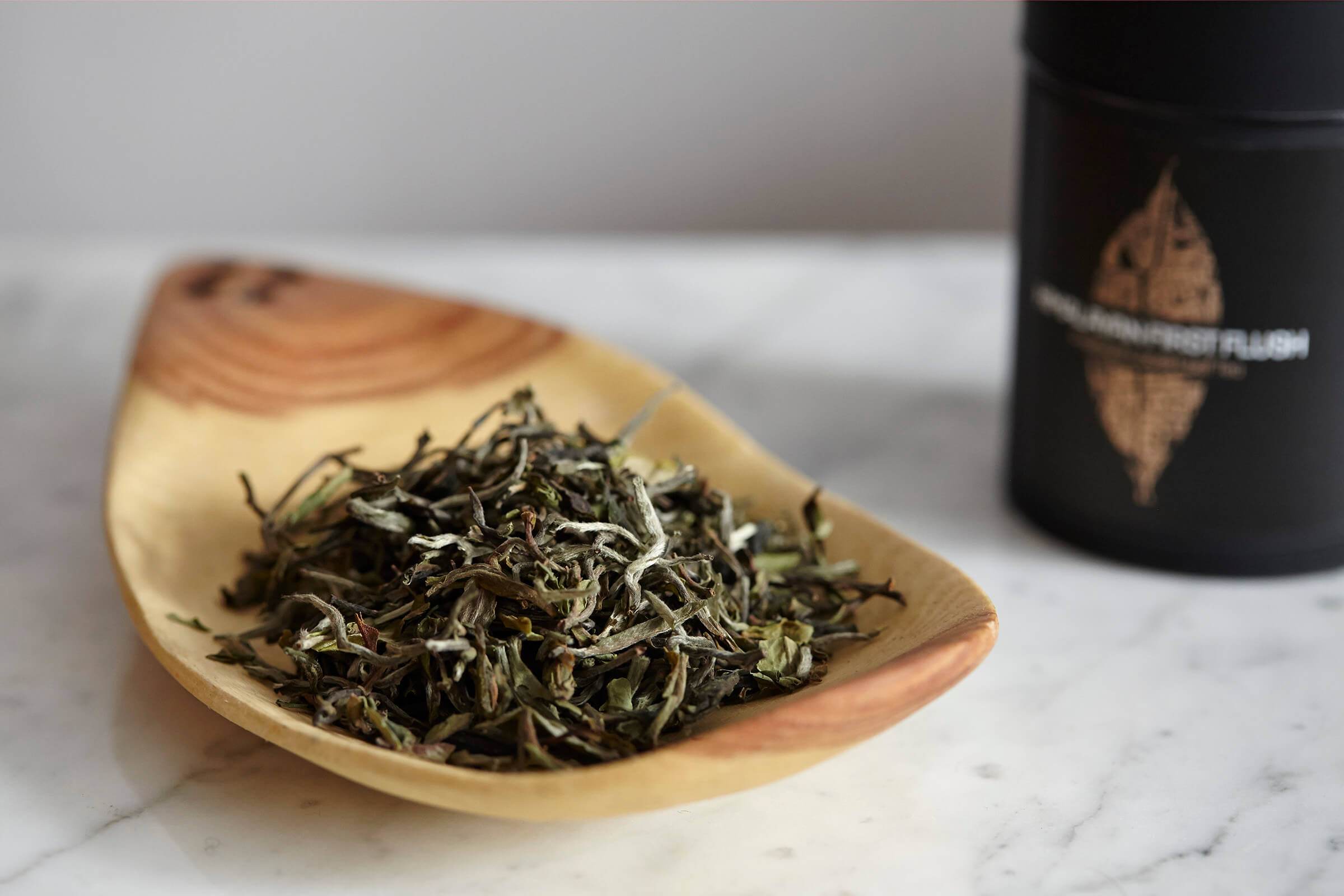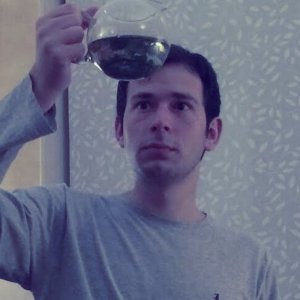About Tea Time: 5 of the Best Darjeeling TeasBy Sam Holder
Not all teas are created equal. For many, a top-quality Darjeeling is the finest of them all. You’ll find them gracing the silver teapots of London’s finest hotels and restaurants, served alongside the fine china at the most luxurious afternoon teas.
Darjeelings are held in such high esteem that they’re known as ‘The Champagne of Teas’. But choosing the right one can be the difference between a Krug Grande Cuvée Vintage and a half-price Asda Prosecco. The champagne nickname isn’t just a metaphor for high quality; Darjeeling teas are renowned for their unique muscatel notes – a sort of sweet grape flavour with a hint of spice, reminiscent of French dessert wines.
These opulent teas come from the Darjeeling district in the far northeastern Indian state of West Bengal, near to Assam. Set among the misty foothills of the Himalayas, it’s an area famed for its lush natural beauty, its manicured tea gardens, and being in the title of a Wes Anderson film.
The tea bushes there grow in distinct ‘flushes’ – literally when new leaves start to sprout – and each ‘flush’ has a very different set of flavours. Something worth bearing in mind next time you glance down at the menu of your favourite afternoon tea establishment, be it Fortnum and Mason, Sketch or The Wolseley (Costa hasn’t quite tapped into the loose-leaf tea market yet).
Most highly-prized are ‘First Flush Darjeelings’, with their intoxicating floral aroma, beautifully refreshing and sweet taste – and at times eye-watering prices. They’re the very first harvest of the year and need to be drunk fresh, before their exceptional fragrance and flavour diminishes.
If you’re going to splash out on a high-quality first flush, make sure it’s been picked recently (less than a year ago) and don’t even think about ruining the light but complex golden brew with milk and sugar. They can be quite delicate, so avoid using boiling water and don’t brew for too long as it can turn them slightly bitter.
‘Second Flush Darjeelings’ are more rich and brooding, like a second child vying for attention. The wine-like muscatel flavour is ramped up, as are the dark chocolate and fruity notes, making it perfect for those with a sweet-tooth. There are many who prefer an unpretentious second flush to the more showy golden first-born – and they’re far easier on the wallet.
The best way to work out which flush you prefer is to try them both (loose-leaf of course). Here are 5 deluxe Darjeelings to help you decide:
(*Darjeeling teas don’t typically contain full leaves, they’re normally slightly broken, so you’ll definitely need a strainer, or a teapot or even a very well-cleaned cafetiere. I’ve been using Jing’s Tea-iere, which I highly recommend).
1. Glenburn King, Vahdam Indian Teas (First Flush 2017)
This is why first flush Darjeelings are so sought-after. Fresh, floral, perfectly balanced.
The Lowdown: I receive a lot of tea. Most of the samples remain unfinished, slowly accumulating and invading every available storage space I own. One day I’ll appear in the papers – the man who was crushed by his own tea collection. The Glenburn King has been one of the only bags that I’ve finished off almost immediately. You’ll be sold as soon as you’re hit by the incredible fruity, floral aroma. The tea itself is light and complex, with a floral/sugary/white grape flavour, that’s great hot or cold. It comes from Vahdam Teas who have an excellent collection; it’s worth seeking out the Gopaldahara Wonder as well. Their second flush Rohini Muscatel is also a winner.
Flavours: Floral, sugar, grapes, fresh.
Country of origin: Darjeeling, India
How to brew: 2 teaspoons per cup, 90 degree water (leave the water to cool down for a couple of mins after boiling), 3 mins. Suitable for 2 more infusions.
Price: £15.95 for 50g, Vahdam Teas
2. Rohini ‘Jethi Kupi’, Pekoe Tea (First Flush 2017)
A more unusual first flush with citrus and a bit of bite.
The Lowdown: First flushes tend to be very light, but this has a little more edge to it – a naughty side if you will. Alongside the classic floral flavours, there’s a subtle citrus punch of orange and lemon, and a hint of green veg (in a good way). While most first flushes are pretty delicate, the Jethi Kupi’s extra oomph makes it suitable for all day drinking; it can stand up to a hearty breakfast but has enough charm to work as an afternoon treat.
Flavours: Floral, citrus, green.
Country of origin: Darjeeling, India
How to brew: 2 teaspoons per cup, 90 degree water, 3 mins (and no longer). Suitable for 2-3 more infusions.
Price: £10 for 30g, Pekoe Tea
3. Jungpana Estate, Teafields (Second Flush)
Smooth and rich with a delicious muscatel and toffee flavour.
The Lowdown: This is comfort in a cup of tea; a big warming hug of sweet muscatel flavours with a rich toffee and dark chocolate aftertaste. Who could refuse that? It’s not too heavy – think a lighter and fruitier black tea that will satisfy your sweet tooth desires. This super smooth second flush comes from the relatively small Jungpana Estate but clearly they know what they’re doing. It’s sold by Teafields – a boutique tea company based in London.
Flavours: Muscatel, toffee, dark chocolate
Country of origin: Darjeeling, India
How to brew: 1.5 teaspoons per cup, 90 degree water, 2.5 mins. Suitable for 2 more infusions.
Price: £10 for 100g, Teafields
4. Balasun Estate Himalayan Muscatel, Upton Tea Imports (Second Flush)
A classic second flush… but it’s all about the aftertaste.
The Lowdown: General rule of thumb: if you go abroad, try the local speciality. Don’t order pizza in India (I have, it was terrible), and don’t order Japanese food in Scandinavia (actually that was pretty good). If second flush Darjeelings are famous for their muscatel flavour, then pick one which has it dialled up to 11. That would be this tea. At first taste it appears fairly ordinary, but that rich grape flavour grows and grows and grows. There’s also a bit of apricot/ plum thrown in for good measure. Upton Tea Imports have a huge array of teas, but specialise in India/ Sri Lanka. A word of warning – it’s not cheap for a second flush.
Flavours: Muscatel, slight stone fruit.
Country of origin: Darjeeling, India
How to brew: 2 teaspoons per cup, 95 degree water, 3 mins. Suitable for 2-3 more infusions.
Price: £19 for 80g, Upton Tea Imports
5. Himalayan First Flush, Tea in the City
A Darjeeling that’s not from Darjeeling – at a fraction of the price.
The Lowdown: This may not go down well in the murky inner circles of the tea drinking world. Tea in the City’s Himalayan First Flush is a Darjeeling-style tea produced just over the border in Nepal. While it lacks some of the elegance of a true Darjeeling, it hits the muscatel spot. Huge white grape and floral flavours make this a crisp, sweet brew that’s fantastic cold. And it’s far cheaper than the real deal. (If you don’t hear from me again, know that the Darjeeling Tea farmers found me.)
Flavours: Muscatel
Country of origin: Darjeeling, India
How to brew: 2 teaspoons per cup, 95 degree water, 3 mins. Suitable for 2-3 more infusions.
Price: £10 for 75g, Tea in the City













